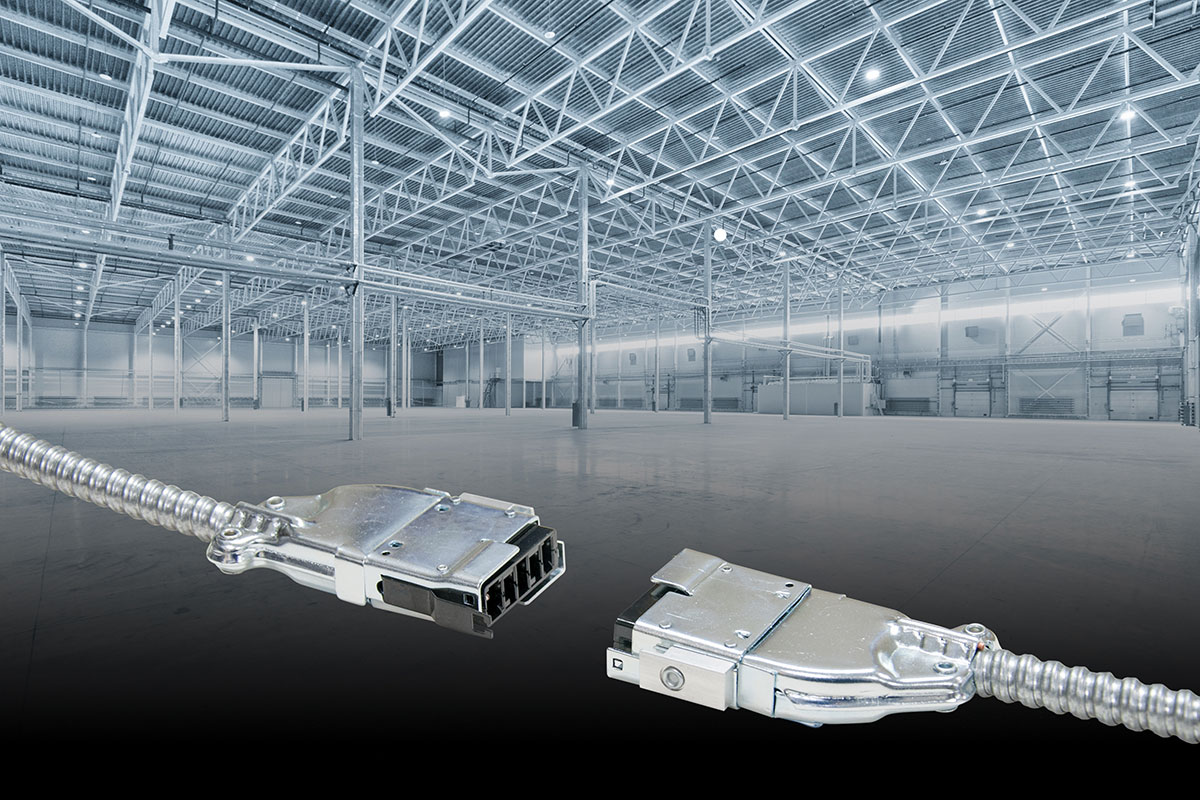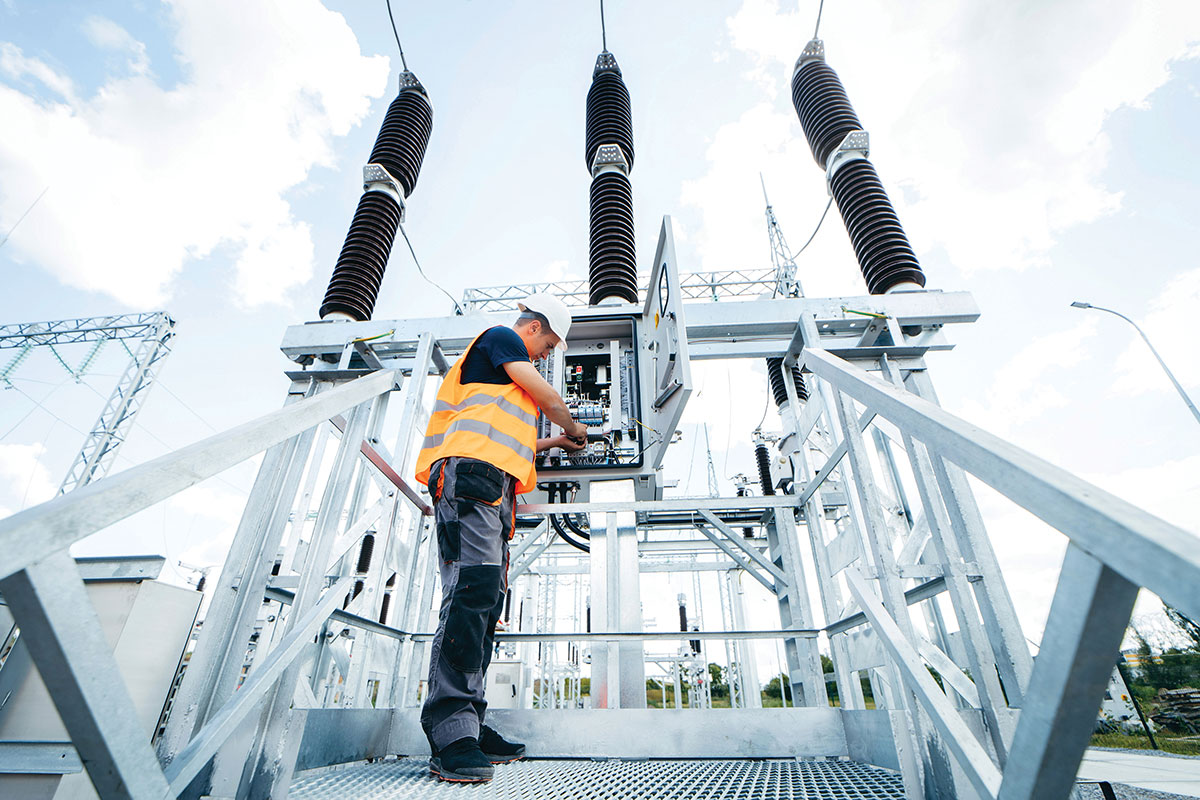IAEI is proud of our statistics. We are also proud that over the years the magazines have included balanced perspectives meant to educate our readers on Electrical Codes and trends in the Electrical Industry.
One of the most important purposes of the IAEI magazine is to disseminate information relating to the safe installation and use of electricity in a way that will advance the education of the members of IAEI. Through its articles, IAEI magazine fulfills this purpose in several ways:
- It offers many Code-based explanations and interpretations of situations encountered by electricians, inspectors, and others involved in the field.
- It provides best-practice models and techniques from experts from testing laboratories, manufacturers, contractors, and inspectors.
- It reports on the latest proposals and research by testing laboratories, manufacturers, consultants, and academics.
- It gives insight into the nature of an inspector’s work and how he or she responds to demanding challenges in the field.
Integrating balanced articles that align with our vision is a key baseline of our production: “To keep the Public Safe from Electrical Hazards” and IAEI’s mission to “Educate and equip electrical professionals while unifying the industry to promote electrical safety.”
As the magazine’s Chief Editor, I have an obligation to ensure that the articles are relevant and have technical merit before they are published. IAEI is not a standards writing body; therefore, the information printed is the interpretation of the authors and should not be interpreted as an attempt to replace electrical standards.
An official interpretation of a code rule can only be obtained from the standards writing body— such as National Fire Protection Association (NFPA) when it relates to the National Electrical Code (NEC), and from Canadian Standards Association (CSA) when it pertains to the Canadian Electrical Code, Part 1 (CE Code).
Since the content of each article is the opinion of the writer, there are times when someone will question an article’s technical accuracy. When this occurs, we encourage and welcome comments and feedback and will contact the author and, if the question is found to be valid, the author will write a clarification that will be published in the next edition.
There are times when we receive articles that are not code related, but provide information on a product or take a particular position. When we receive such articles, we need to ensure that the information does not postulate a bias but is factual and not based on conjecture or speculation.
We also have times when manufacturers submit articles or whitepapers for inclusion in the magazine or for us to mail to our members on promoting their product or services. When this occurs, we consider them as a form of advertising and we treat them as advertorials, indicating when published that the information is a paid advertisement.
At IAEI, we endeavor to provide our readers with the most accurate information possible, and to provide an open forum for debate. We want to hear from you, our readers: in agreement or in rebuttal.
We are always looking for articles for inclusion in the magazine. If you are interested in submitting one, email us at iaei@iaei.org; or let us know what topics are important to you. Be sure to mark the subject line: “Potential article for IAEI magazine.”










Find Us on Socials